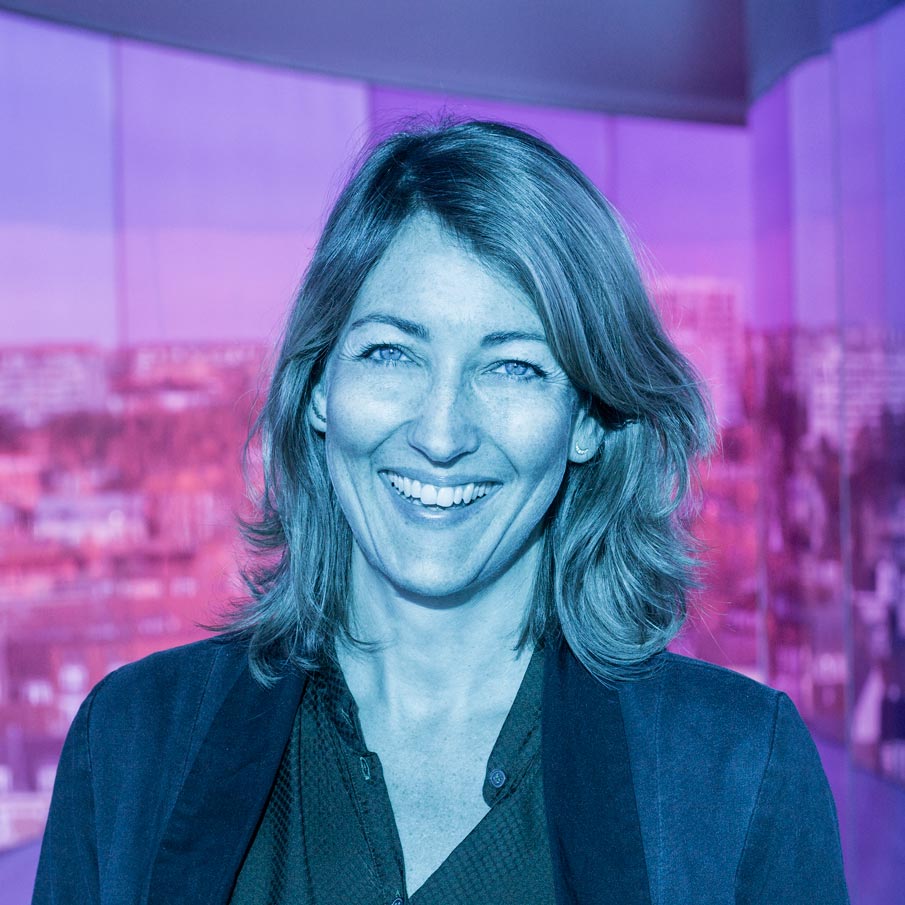Meet a SHAPE researcher: Amanda Karlsson
Postdoc Amanda Karlsson is researching digital patient communities. In an ongoing project she is investigating why so few men with chronic illness choose to engage in them. Read more about the project and Amanda's research background in the portrait here.

What is your professional background?
I have an academic background in Nordic Language and Literature as well as Media studies from Aarhus University. After I graduated from Media Studies, I worked as a communication adviser for 8 years, which is a different work field than academia. After that, I had the urge to go back to the university, and I knew a PhD fellowship would be the right answer to that. After several attempts, I was granted the PhD fellowship in 2016. In 2020, I defended my dissertation, which is about digital self-tracking of menstruation cycle and the relation between the one menstruating and gendered technology. In my current research project, I research why men with different chronic diseases is less visible than women in patient-led communities on social media. Gender has always played a role in my research projects.
What is your primary research domain?
My research interests have always been focused on social interactions between people – and relations between people and technology. My current research project – The Invisible Men (TIM) - focuses on men’s experiences with chronical diseases and the communities, where it is possible to share illness narratives. So, I guess, this project connects my three main research interests: gender, health and technology. Earlier, I’ve been a part of a NOVO-financed research project on chronical diseases, which this SHAPE project stem from.
What SHAPE research projects are you currently working on?
In my current research project about men’s lack of engagement in digital patient-led communities, my first approach was to study the gendered inequality, and what that can mean for democracy and digital citizenship. Throughout my empirical data collection, I’ve come to the realization, that we might have to reconsider our definition of communities; what is these digital communities inviting to? And what other kind of communities exist? It can seem really binary and reductive to make this categorization of men and women, because of course not all women with chronical diseases engage in these digital communities, and not all men don’t. But the more I study this, the more I become interested in the dominating understanding of masculinity, and how this might contribute with a rather narrow frame for men living with chronical disease: it’s not easy to be a man and have an illness. There’s a lot of other digital communities where men meet, e.g. gaming and chatting on the media Discord. The body and illness are disconnected and those are not central for the relation; this might make it less vulnerable? That would be interesting to study!
So, this is a one-woman project! First of all, I’m really thankful for this opportunity. With that said, it can be a challenge to be working solo and not in a group with other researchers etc. Therefore, I join different SHAPE projects, I’m engaged in discussion groups for professional back-and-forth. I’m also a part of a research centre called Qualitative Health Communication (QHC), which is a crowd of researchers from different research fields, who work with health communication. That centre holds a lot of very interesting discussions, which I love to join! I will also present my project at Faculty of Health at AU, where I expect some inputs from other research fields. I’m also in forthcoming contact with good colleagues from both School of Communication and Culture (IKK), AIAS and PIREAU.
What future SHAPE research projects do you have in the pipeline?
2024 is the final year of my Post.doc., which means that I’ll be focusing more on research than on lecturing, which I’ve spend a lot of time on this fall. I’m currently teaching data studies at Information Studies (Human Centered Informatics). My plan for the first part of 2024 is to end my empirical data collection, which might also include some observations; I would like to both study offline and online communities for men. All in all, it will be good to concentrate mainly on my research next year. It is an iterative and often slow process, which hopefully will end up with two or three research articles, that I’ll conduct in the fall of 2024.
Read more about the SHAPE research project The Invisible Men (TIM).
